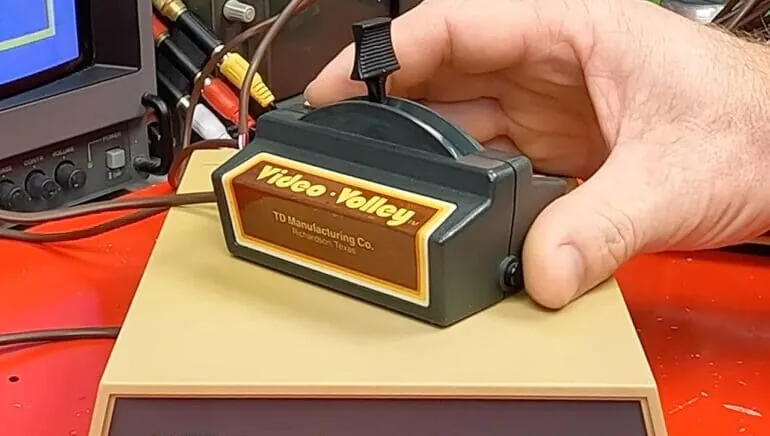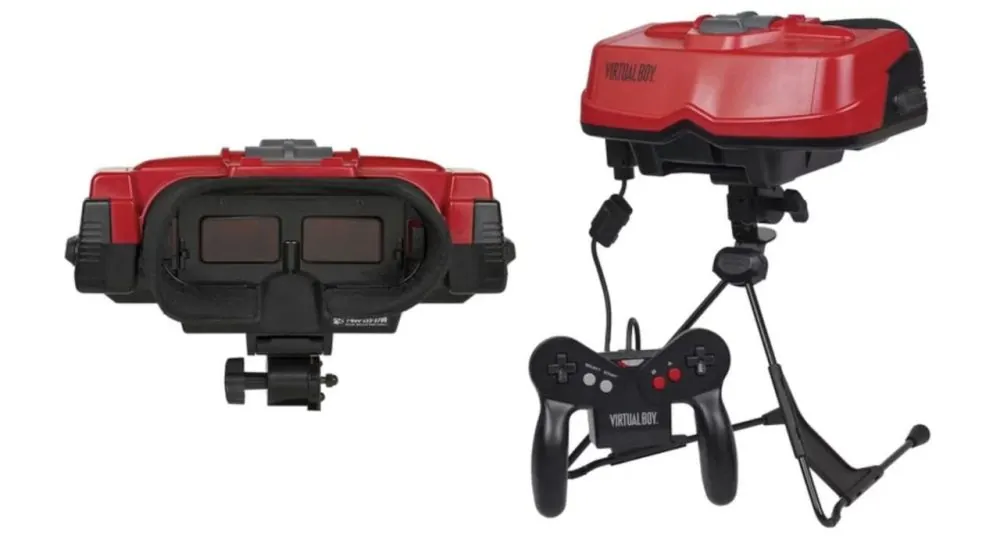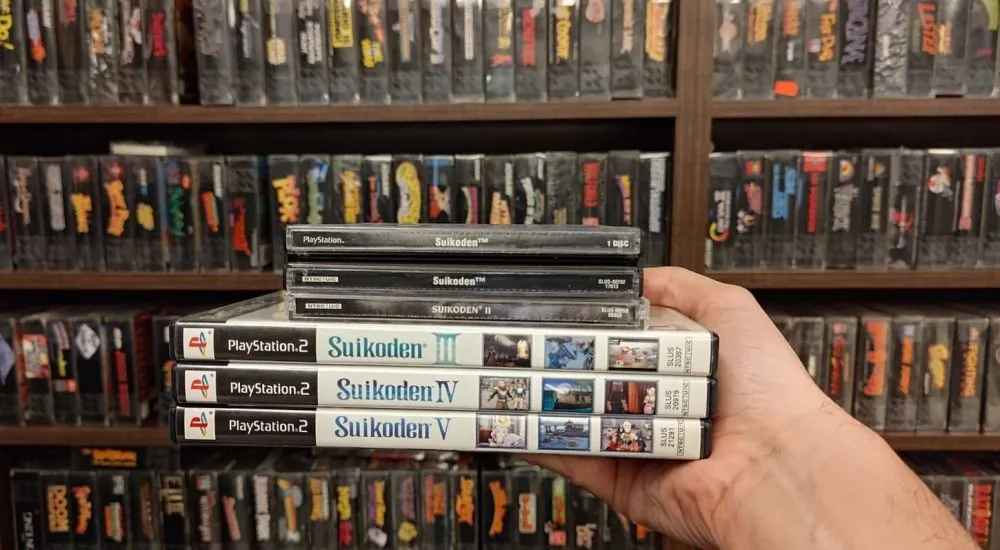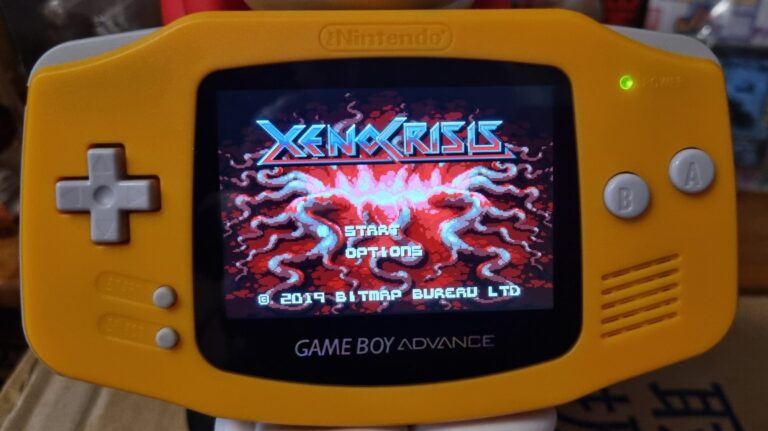The Video-Volley stands as a fascinating relic from the dawn of home video gaming, emerging around 1980 during the tail end of the Pong craze that swept through the late 1970s. Created by TD Manufacturing Company, this obscure console hasn’t earned a place in major gaming history books, suggesting it was likely a small regional operation based in Texas that attempted to capitalize on the success of Atari’s Home Pong from 1975.
Despite its name suggesting volleyball as its primary game, the Video-Volley actually featured hockey, handball, and tennis—standard sports games that dominated the early gaming landscape. The console’s design followed the typical aesthetic of Pong knockoffs from that era: a rectangular plastic case with built-in controllers (typically knobs or dials) and switches for game selection and settings adjustments. It connected to televisions through an RF switch and displayed simple black-and-white or basic colored graphics—essentially just blocky shapes and lines representing paddles and balls.
Little information exists about TD Manufacturing itself. While sharing initials with TDIndustries (Texas Distributors, Inc.), a modern Texas company established in 1946, there’s no actual connection between the two entities beyond coincidental naming and geography. TD Manufacturing was more likely a small electronics outfit or entrepreneurial venture trying to ride the video game wave of the era.
The Video-Volley belongs to a generation of fixed-game consoles where the games were permanently built into the hardware rather than using interchangeable cartridges. This places it in the same category as other early gaming systems like the Super Color Volley X from Roberts (1977), which featured similar Pong-style games along with light gun shooting games. These consoles competed with Atari’s Pong machines and the pioneering Magnavox Odyssey in the nascent home video game market.
The rarity of the Video-Volley today makes it a collector’s curiosity, with most information about it coming from occasional sales listings on platforms like eBay. It represents an interesting chapter in gaming history when numerous small manufacturers briefly entered the market before being overshadowed by the cartridge-based systems that would soon revolutionize home gaming.
Source Techeblog










